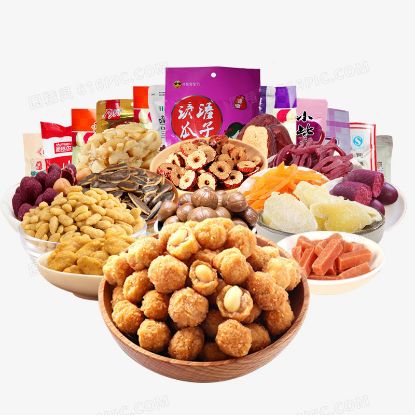价格过滤
按制造商筛选
Food
nut
In terms of their nutritional value, nuts can be divided into two categories: one is oil-rich nuts, such as walnuts, peanuts, and pine nuts; the other is starch-rich nuts, such as chestnuts and lotus seeds. Generally speaking, oil-rich nuts are rich in nutrients, including polyunsaturated fatty acids, vitamin E, and zinc. The oil content in oil-rich nuts can be as high as 40%-73%. The oil contained in nuts is mainly unsaturated fatty acids, including monounsaturated fatty acids and polyunsaturated fatty acids. The polyunsaturated fatty acids are mainly linoleic acid and linolenic acid. For example, common walnuts have a fat content of more than 60%, with linoleic acid as high as 47%-73%, and are also rich in linolenic acid and oleic acid.
Both linoleic acid and linolenic acid are essential for human metabolism, but they are essential fatty acids that the human body cannot synthesize on its own and must be continuously supplied by food. Linoleic acid is an essential fatty acid for maintaining human health. Its derivatives are precursors of certain prostaglandins, and it can combine with cholesterol in the blood to form esters with low melting points, which are easy to emulsify, transport, and metabolize. They are not easy to accumulate deposits on the blood vessel walls, thus having the effect of preventing arteriosclerosis and hypercholesterolemia.
α-linolenic acid belongs to the ω-3 series of polyunsaturated fatty acids. Under the action of human biological enzymes, through the liver, it can be metabolized into eicosapentaenoic acid (EPA) and docosahexaenoic acid (DHA) — essential polyunsaturated fatty acids for the human body with stronger health-care functions.
¥321.50
从 ¥128.60

